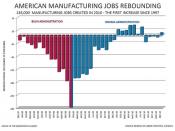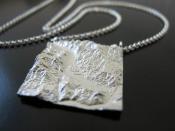Assignment: Postponement and Mass Customisation
Task 1: Background and theory
Introduction
Nowadays, manufacturer is not only facing the competition of the market, but also the changing needs of their customers, Thought out the advance manufacturing process, the manufacturer are now able to satisfy their customer needs without increase their manufacturing cost of their product. The product itself is no longer only in a limited variety, but in a customise build to fulfil what their customer needs which oppose a very successful manufacturing process - Mass Manufacturing. So the question is how cans the company can possibility to mass-customize products, deliver them rapidly, and at the same time reduces costs? The secret is the fine tuning of the supply chain and the manufacturing process - Postponement and Mass customisation.
set output to avoid any damage of the electronic equipment.
So as a result of achieving the above factor, the benefits were almost solely associated with a decrease of inventory, safety stock of that particular component.
Even thought the development cost and the unit production may be high at the beginning, but for a long term investment, it will save a relatively larger amount of money by adjusting its design. And this is the fundamental concept of postponement and mass customisation can be achieved.
Postponement Manufacturing
Postponement can take three forms : "time (delaying activities until orders are received in time), place (delaying moving goods until orders are received, thus keeping goods centrally and not making them place specific), and form (delaying activities that determine the form of specific end products until demand is known). Time and place postponement, when applied in combination, are referred to as logistics postponement."1
The following is a framework of the postponement manufacturing process.
( FIG 1 missing )
From figure 1, we could see there are...



The HP Aspect
Many Thanks to You, Chilunt. I was actually interested in the HP aspect, which you used to explain the postponement Concept. I am actuall working on a case titled: "HP Supplying Deskjet Printers to Europe".
What you explained about Postponement is just one aspect of the case that I have to analyse. Thanks again to you, I am more enlightened of the direction in which my analysis should go.
0 out of 0 people found this comment useful.